Because you can never get enough magnification… (An essay on extension tubes etc.)
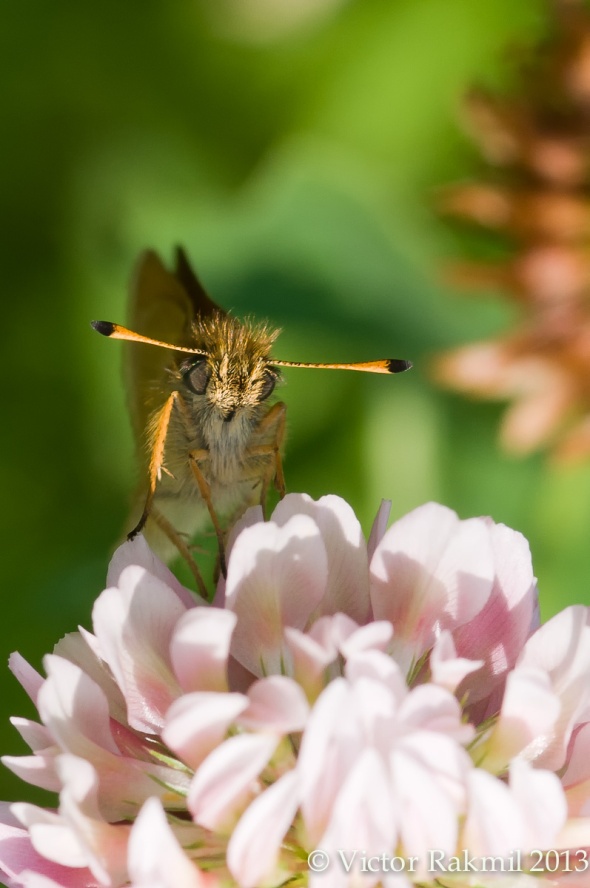 To view more of my photography please click on www.rakmilphotography.com
To view more of my photography please click on www.rakmilphotography.com
On a cold and windy day, I decided to satisfy the questions I get about extension tubes. Essentially they allow you to focus closer than your lens would normally focus, but at the same time you lose the ability to focus at infinity, in fact your focus is severely limited. You do not lose image quality, as they contain no glass. They can meter and auto-focus if you buy the right sort. Kenko extension tubes work well for me. The same rules of loss of light and depth of field apply as in any close-up/macro photography.
How much magnification you can get and what is a practical are important questions. The longer the lens the more working distance you have between you and your subject, the shorter the lens the more magnification. Even indoors doing tabletop photography no one wants to be only a few centimeters from his or her subject.
The picture above has nothing to do with this discussion. it is an old insect photograph taken with one or more extension tubes.
The photograph below is a full size photograph of the subject I used in the explanation below. The subject is 5.5.cm long and 3.5 centimeters tall – the word “MARK” is approximately six millimeters long.
The second photograph is just shy of the closest focus the 105mm VR can do.
The third looks marginally different and a 12mm tube was added to the 105mm VR.
The fourth is taken with the 20mm tube and the 105mm VR.
The fifth is taken with the 36mm tube and the 105mm VR.
The sixth is taken with all three tubes on the 105mm VR. The working distance at closest focus is a little less than 11mm. On the 105mm VR Nikon you also get some sagging and it is probably not a good idea to do this.
The differences may appear marginal because all that has changed is the ability of the lens to focus closer at the same or marginally different working distance, e.g. where as before your closest focus was lets say 20 centimeters, it’s now 10 centimeters. Getting closer makes the object larger on your sensor hence the additional magnification. The formulas can be found at “Cambridge in Color” (http://www.cambridgeincolour.com/tutorials/macro-extension-tubes-closeup.htm). I use my tubes with macro lenses so I see no affect on sharpness, and in my experience, the Cambridge remarks that there can be impact on image quality using extension tubes with non-macro has not proven the case.
An important point to consider as you read this is that all the examples are at the closest focusing point (any closer and they would be out of focus). In reality I cannot imagine anyone doing this, as you would want to give yourself a bit more working distance from your subject at the expense of magnification (e.g. pull back from closest focusing point). Extension tubes have a maximum focus point and focusing at infinity is impossible. With the 36mm extension tube you cannot focus from farther away than approximately 32 centimeters and with the 20mm extension tube 62 centimeters.
As it is hard to maintain the same field of focus forgive minor framing differences, and focus on the word “MARK” or the wings on the right. White balance is also a problem to match perfectly in the lighting I used on this little box. I used Lightroom, Photoshop for shake reduction and Nik for noise reduction and for detail enhancement. All were taken on a tripod.
The seventh photo was taken with all of the tubes on a 50mm lens; the working distance was a little over 3 centimeters (at infinity, not shown here, I was a just over 4 centimeters away). Three to four centimeters is not a great working distance for anything – you risk damage to your front element and frightening away subjects. In short you would need to pull back.
The eighth photograph was taken with a 250 Raynox Macroscopic lens (the highest quality close up filter I have used). It increases magnification by 2.5X and it is relatively cheap. It has a pinch grip onto the lens and is a bit awkward for field use but usable and worthwhile. Again be forewarned that the working distance at closest focus is about 8 centimeters on the 105mm VR lens.
The final photograph below, because you can never get too much magnification, was taken with a SB-6 bellows and a 12mm extension tube, with a reversed 50mm enlarger lens, for a grand total of 132mm of extension giving a magnification of more than 4.5x life size. Theoretically I could go to 5x plus with all of the tubes, but I think that would stress out all of the rings used to hold things together. After this, the next step is using microscope lenses on bellows. Given the problems of using the bellows and maintaining stability, light and focus, a microscope lens would mean an enormous expenditure in gear. By the way, the bellows and the kit that goes with it are all second-hand, collected over the past two years, because I wanted to try it. The final piece was found in early April. Suffice to say of all the photos in this series, this was the most difficult to shoot. It is not a kit I could easily use in the field.
A couple of points need to be made here. I use Nikon, if I was using Canon, the MP-E 65mm that does 1-5x life size (fully manual) would be my choice of lens. There is no comparative solution, outside of the bellows to duplicate that lens in the Nikon universe. Secondly, it is worth repeating that the longer the lens you use the longer the working distance from your subject. Thirdly, I never shoot at the closest focusing distance, I crop. At the closest distance auto-focus ceases to work well, any remote focus cable etc. does not work, millimeters further away it will. Fourth, it’s a bit impractical and dangerous to use all of the extension tubes at once, even on a tripod; your lens will sag and there will be tension on the body of the camera in most cases. I restrict myself to either the 20 or 36mm tubes. The 12mm is a great learning tool to get a handle on how the tubes work, and hence I use it every Spring as I get myself back in form. Fifth, it is possible to use the 36mm tube without a tripod, but not easy, a flash helps.
Bottom line, indoors almost any combination can be made to work, outdoors, your best bet is one or two extension tubes. The Raynox does well if not used at closest focus. Where I live extension tubes cost CDN $ 289 and Raynox CDN $ 90. But for all practical work we are not/not working at minimal focusing distance and this is where, for me, the 20 or/and 36mm extension tubes win. So they are what I use in the wild.
Finally, thinking about what you might put in front of the lens should dictate what you buy. Tubes and 105mm lens work for most insects visible to the eye. Bellows work with Lichen and smaller animals whose details are hard to see without magnification.
I hope this alleviates some confusion over extension tubes and hopefully we will have fewer cold and windy days so I can take real pictures!

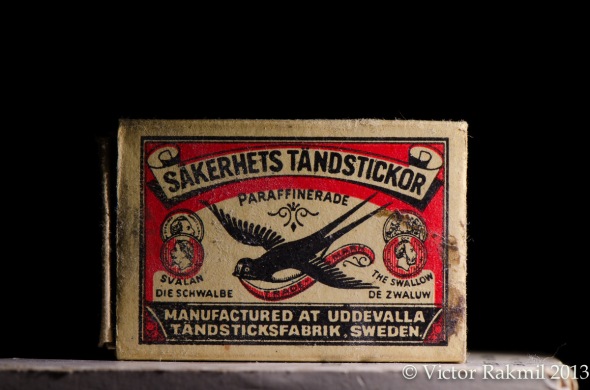
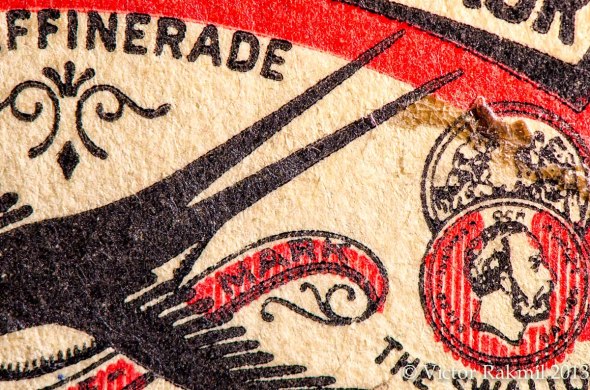
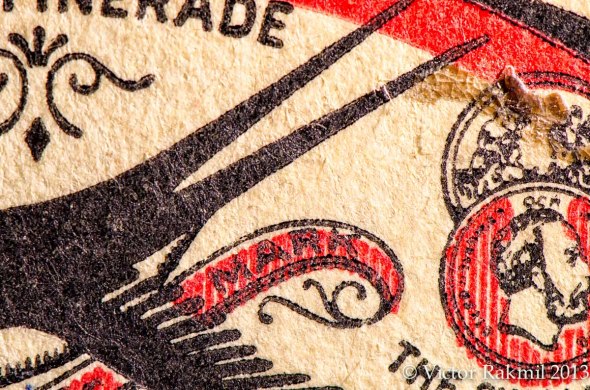


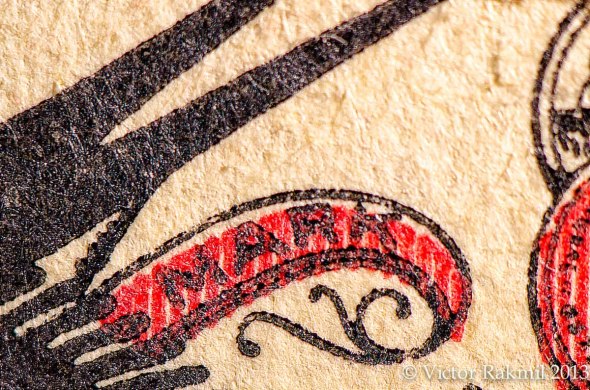
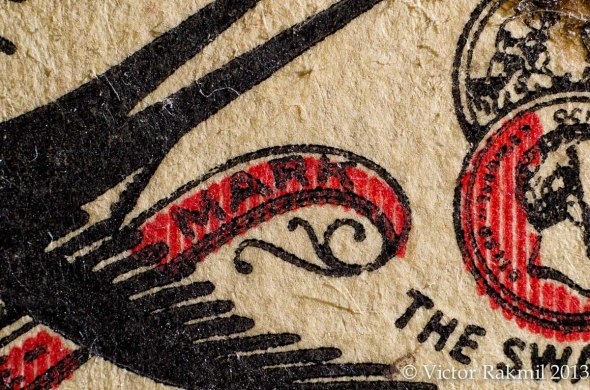


good articles
LikeLike
September 26, 2014 at 2:04 am
You can even see the fibers in the paper!
LikeLike
July 1, 2014 at 8:16 am
Yes indeed. The only issue, is as you get closer no-one knows what you are looking at.
LikeLike
July 1, 2014 at 8:17 am
Came from Leanne Coles Blog as I love macro. Very thorough and interesting post. Having just move to Canon from Nikon (various reasons, not important) I was interested in your note about the Canon MP-E65mm lens. I had Kenko extension tubes for my Nikon which I found fantastic but so far haven’t replicated them for the Canon. Will now look into this other lens. Thank you for all the information.
LikeLike
May 8, 2014 at 6:18 pm
The MPE is fully manual but you get 5x magnification. Rumours are it may be discontinued. Have a look at http://www.photmacrophotography.net.
LikeLike
May 8, 2014 at 6:42 pm
Pingback: Being Very Close to the World Around Me | Leanne Cole PHOTOGRAPHY
Thank you for your tips and advice.
LikeLike
April 17, 2014 at 7:36 am
Thanks. Glad they help.
LikeLike
April 17, 2014 at 8:03 am
Excellent post Victor, very helpful. I am alwalys wondering how people get such close macros. Now I know better…Thanks for sharing.
LikeLike
April 12, 2014 at 12:04 am
Thanks so much for posting this, Victor. One of your posts led me to buying a Raynox Macro 150 for my camera. I wanted to get extensions but have a zoom lens so, excuse my ignorance, but as I understand you can’t use them on a zoom. Am going to try out the Raynox ,hopefully tomorrow, with some left over rain drops, hopefully again. This was a great post and your photograph above is spectacular!!
LikeLike
April 11, 2014 at 2:12 pm
Extension tubes work on all lenses, better on longer primes. The Raynox is a nice filter and you get to keep your auto exposure and auto focus. This would not be the case if you reversed your lens, a technique I am not fond of using outdoors, though many do. Hope you like the filter it should give you lots of fun.
LikeLike
April 11, 2014 at 2:33 pm
Thanks so much for the info!! Yes, wanted to keep the auto exposure and auto focus which I think you lose with the Raynox 250. And I am with you– wouldn’t want to reverse the lens outdoors.
On Fri, Apr 11, 2014 at 2:33 PM, Victor Rakmil Photography wrote:
> Victor Rakmil commented: “Extension tubes work on all lenses, better > on longer primes. The Raynox is a nice filter and you get to keep your auto > exposure and auto focus. This would not be the case if you reversed your > lens, a technique I am not fond of using outdoors, though many ” >
LikeLike
April 11, 2014 at 2:50 pm
I have the 250 and I can use auto on my NIKON DSLR. That said the 150 will get you close enough most everything.
LikeLike
April 11, 2014 at 2:52 pm
Thanks and have a good weekend!
On Fri, Apr 11, 2014 at 2:52 PM, Victor Rakmil Photography wrote:
> Victor Rakmil commented: “I have the 250 and I can use auto on my > NIKON DSLR. That said the 150 will get you close enough most everything.” Respond > to this comment by replying above this line > New comment on *Victor Rakmil Photography > * > > > > *Victor Rakmil* commentedon Because > you can never get enough magnification… (An essay on extension tubes etc.). > > > in response to *stockdalewolfe*: > > Thanks so much for the info!! Yes, wanted to keep the auto exposure and > auto focus which I think you lose with the Raynox 250. And I am with you- > wouldn’t want to reverse the lens outdoors. On Fri, Apr 11, 2014 at 2:33 > PM, Victor Rakm
LikeLike
April 11, 2014 at 2:57 pm
Very good info! I’m bookmarking this. I’ve wanted to try macro photography but I can’t afford a macro lens right now. Thank you!
LikeLike
April 11, 2014 at 10:45 am
Thanks. Have you tried using a 50 or wider lens they tend to focus very close without tubes. Could be a start.
LikeLike
April 11, 2014 at 2:31 pm
I have a 35mm prime and have done very little. Thanks for the nudge. 🙂
LikeLike
April 11, 2014 at 3:09 pm
Just tried my 35 DX Nikon lens, At closest focus the lens cap fills half the secret at 5.5 inches/17cm. Should be great for flowers and lots of insects.
LikeLike
April 11, 2014 at 3:23 pm
Wow thank you for the update! I’m looking forward to trying it…once I get over this cold. I suppose mucous wouldn’t get that many likes LOL. Sorry…I couldn’t resist.
LikeLike
April 11, 2014 at 3:31 pm
Thank you Victor. Very helpful!
LikeLike
April 11, 2014 at 10:29 am
Very glad you appreciate it. Hope to do a lot more 🙂
LikeLike
April 11, 2014 at 2:30 pm
Really good post. My only add would be to consider using a rack to mount the lens so you can focus by turning the knob rather than touching the lens. I never use autofocus. Using live view helps as well. The Kenko extension tubes are good. I use them. I used to use Canon’s own but lost them. No idea where. They were more robust than Kenko but unless you are combining them they are fine. Thanks for writing this.
LikeLike
April 11, 2014 at 9:39 am
Thanks,
Focusing rails when using a tripod can be very effective, but good ones are expensive. Nikons extension tubes are sturdy, but have no contacts for exposure or autofocus.
LikeLike
April 11, 2014 at 9:42 am
Thanks for this brilliant post Victor. This is really, really useful. 😊
LikeLike
April 11, 2014 at 2:17 am
Great! You are welcome.
LikeLike
April 11, 2014 at 3:11 am